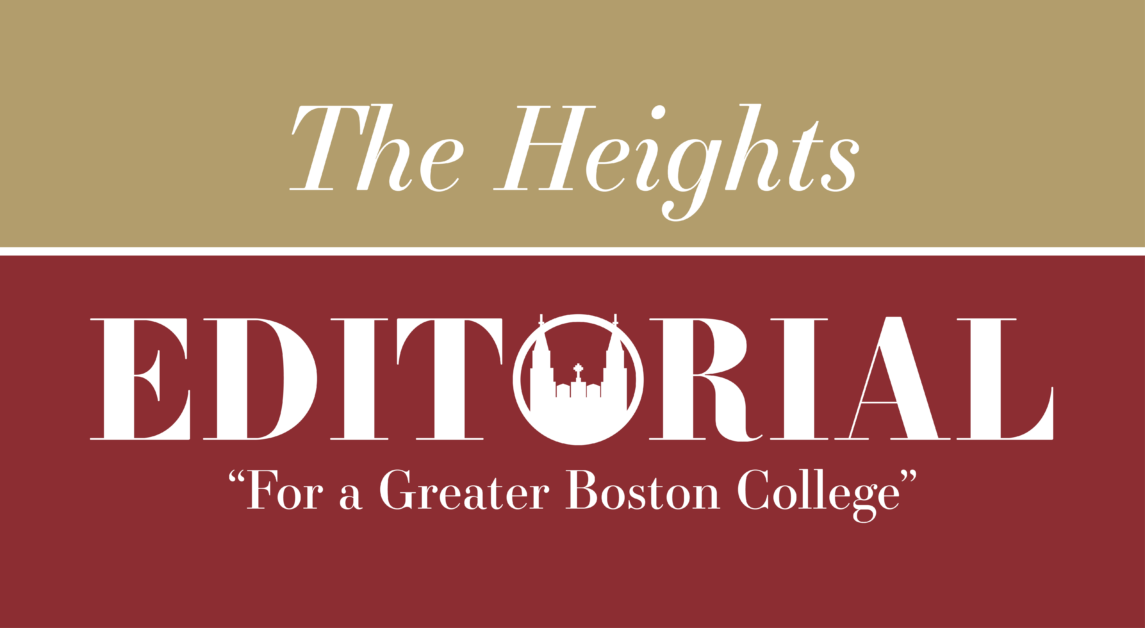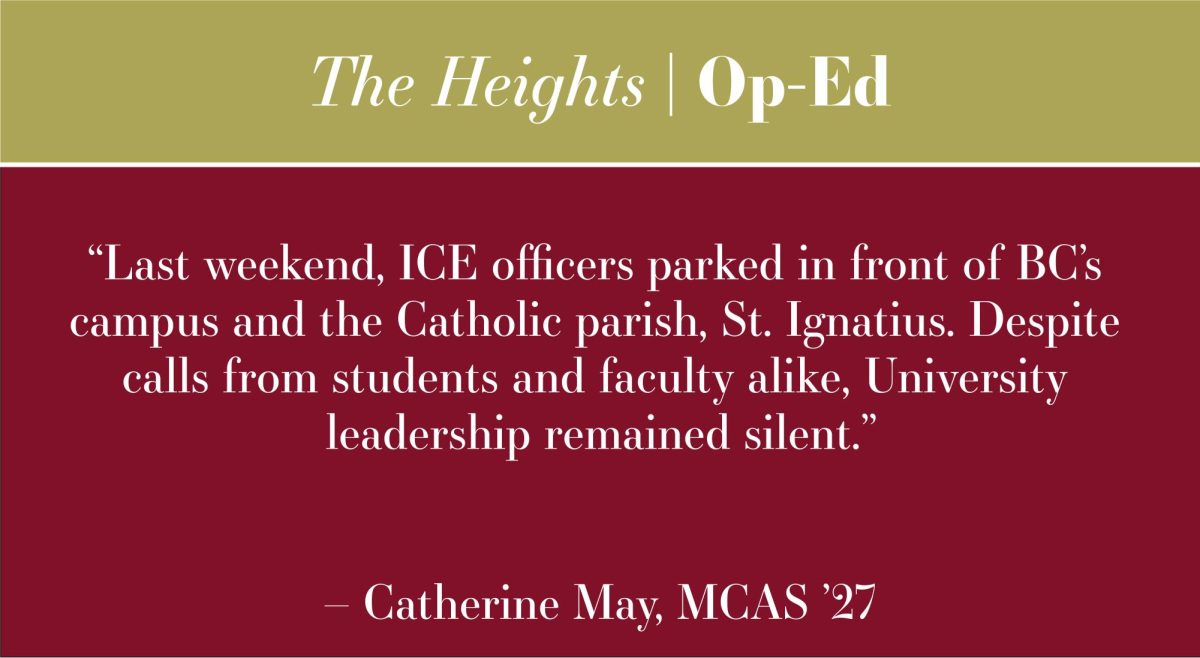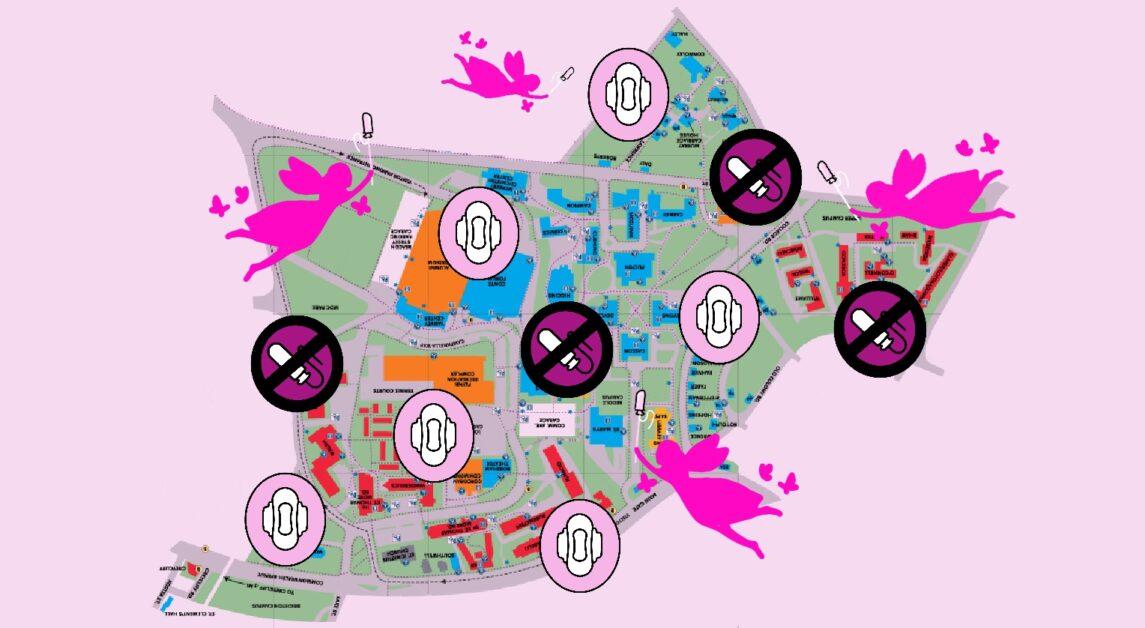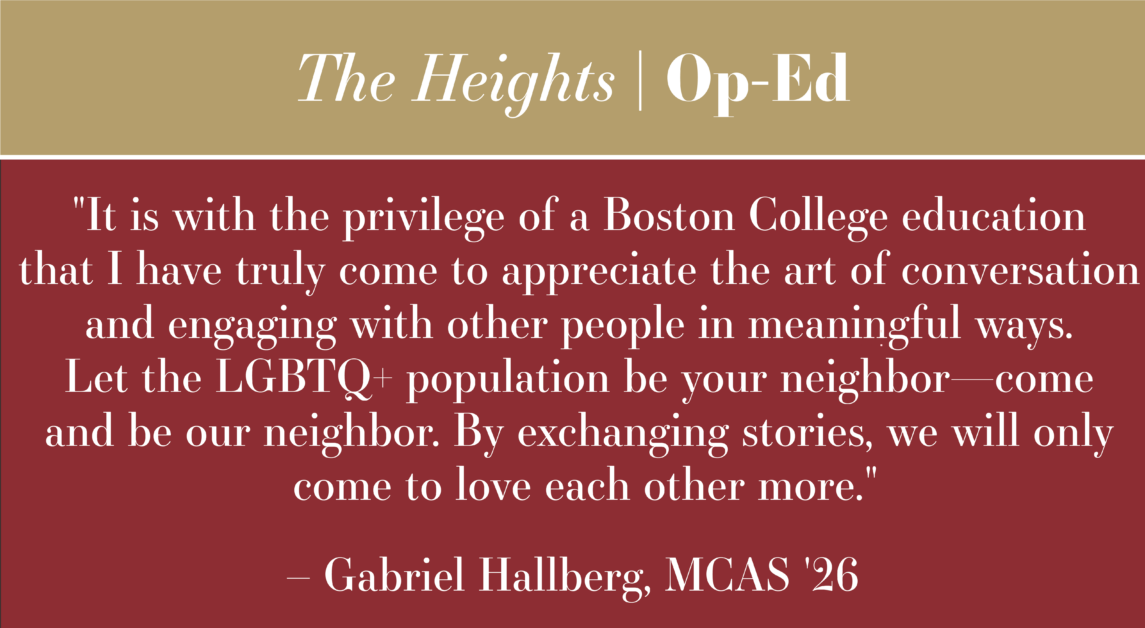An email from Boston College’s Presidential Search Committee invited members of the BC community to share their thoughts on the future of the University and what values it should look for in the institution’s prospective leader.
The Heights’ editorial board, in response to the questions posed, believes the following considerations are necessary for the presidential search committee to recognize and use during its search.
What do you regard as key opportunities for Boston College now and in the coming decade, and what should the Board and University leaders do in response?
For many decades, BC has continued on its upward trajectory toward greater prominence as a leading U.S. university. Several key features of the coming decade—affirmative action, affordability, athletics, and the opportunities within Messina College—will define a key inflection point in that journey.
Just before the start of the 2023–24 academic year, the Supreme Court struck down race-based affirmative action in college admissions. University President Rev. William P. Leahy, S.J., criticized this decision upon its announcement, emphasizing the necessity of a diverse student body to maintain inclusive intellectual dialogue.
Though they do not have direct control over the diversity of BC’s student body, the University’s next board of leaders must work to promote diverse voices on campus and ensure that students of all racial and ethnic backgrounds feel supported by the University.
It is critical that we maintain an inclusive campus that fosters the invaluable range of perspectives that can make a University truly global in its mindset and values. Part of that process includes addressing the University’s cost, which is one of the most significant factors facing countless prospective students.
Across the United States, university tuition rates are climbing and BC’s cost of attendance is among the most expensive in the United States. In order to continue attracting the widest range of applicants, maintaining a competitive pricing structure is critical.
In a similar vein, BC’s newest school, Messina College, enrolled its first class of 100 first-generation students in a two-year associate’s degree program under the Leahy administration. The University has already made efforts to integrate Messina students into the wider BC community, from enrolling these students in courses with faculty from the four undergraduate schools on campus to making student organizations available to them. As this program continues under the leadership of a new administration, BC’s leaders must prioritize increasing opportunities for these students and consider the potential for expanding this school.
What do you judge to be critical challenges facing Boston College today and in the next 10 years, especially in maintaining Boston College’s mission, heritage, and culture as a Jesuit, Catholic university?
In the evolving collegiate landscape, two essential elements have most prominently entered the conversation in recent years—progress and tradition. With political inflammation finding a front line on campuses throughout the nation, it is clear that the stability drawn from a university’s history is vital to its mission’s sustainability. Yet, this must not prevent inevitable and necessary evolution in higher education.
In the next 10 years, BC’s leadership must seek to strike a careful equilibrium between preserving its “culture as a Jesuit, Catholic university” and maintaining the highest standard of free speech on campus. BC must provide students with a constructive setting to express and decipher their own beliefs without unnecessarily weighing in on contentious issues as an administration.
This dichotomy, despite having proven difficult in recent years for several college presidents, is crucial. The University must learn from its mistakes in the past and prepare for the future if the school wants to maintain a cohesive community.
What qualities and potential attributes will be essential in BC’s next president?
When considering a successor to Leahy, it is important to begin by acknowledging what he has accomplished as the longest-tenured president in University history. From his invigoration of the arts at BC to his foresight in initiating the “Ever to Excel,” “Light the World,” and “Soaring Higher” campaigns, Leahy has undoubtedly left his mark on BC. The University’s significant expansion by integrating the Weston Jesuit School of Theology and Pine Manor College is also attributed to Leahy’s administration.
But with that said, Leahy’s tenure was not without turbulence. The Heights believes learning from these shortcomings and implementing necessary administrative growth is key to the future success of the institution.
While age and experience are often associated with wisdom, it remains paramount that the next BC president leads with a youthful and open-minded conviction. If BC wishes to implement meaningful and well-received policies, the new president’s responsibility is first to understand the sentiment of the student body and the larger BC community.
This is not to suggest that they shouldn’t be confident and steadfast in their decision-making or morality—instead, it is a call to maintain a keen eye on the temperature of those who they seek to lead, at every level. Whether it is a committee of fellow administrators, the student government, or the larger school population, the next president must create a dialogue that has been largely missing in recent years.
This can take many forms, but being a visible, accessible, and receptive president who engages with students and integrates themselves into the lifeblood of the school will help bridge the gap that currently exists. As Christian and Jesuit values encourage, personal connection is the foundation of building community. Whether Leahy’s successor finds this community by meeting with students to hear what they think or by simply appearing more in public, a new definition of university president must be reached.










